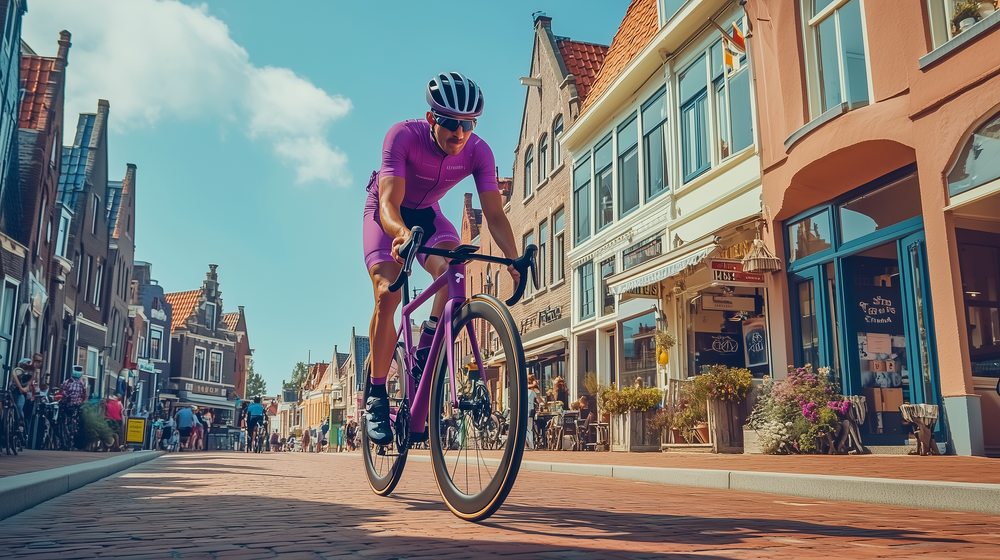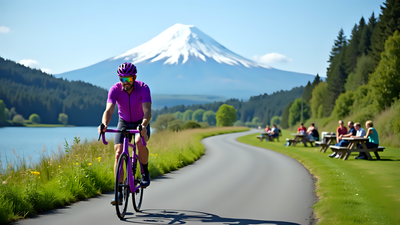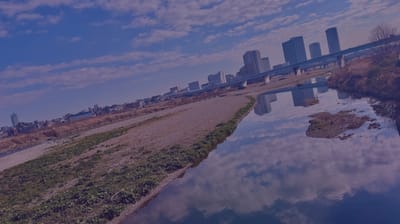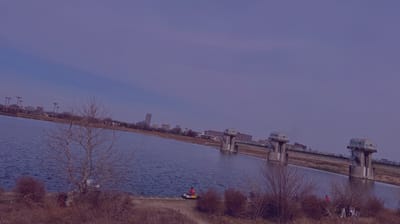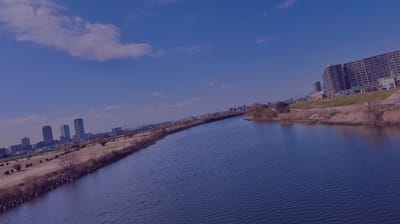The winds had their say, and today, they won. There was no way around it. Gusts strong enough to knock a rider sideways made outdoor cycling an impractical, if not outright idiotic, choice. So it was back to the trainer, back to the boring digital world of Rouvy, back to a ride of constantly dripping sweat from my brow, back to a ride measured solely in watts and cadence rather than shifting landscapes and unpredictable resistance.
Returning to virtual riding meant a visit to the Netherlands, a familiar route through a digital version of its flat, open landscapes. It was a fun ride in theory, with smooth roads and easy rolling terrain, but it was hardly a challenge. Unlike real-world riding, where wind, road texture, and elevation constantly alter the effort, this was a predictable grind, an exercise in holding steady power without outside forces dictating pace.
There was nothing inherently wrong with the session, but it lacked character. The Netherlands in reality offers stunning canals, charming streets, and crisp morning air. Here, it was just a screen, an algorithm, and numbers increasing in the background. My legs constantly moved, the kilometers accumulated, but the connection to the ride itself was completely missing.
As I have stated ad nauseam, indoor cycling serves its purpose, but it lacks the soul of the road. There is no sensation of movement beyond the legs turning, no wind shifting directions to dictate effort, no natural variation in terrain to force adaptation. The ride is perfectly controlled, every incline and descent algorithmically artificial.
Virtual rides are structured, efficient, and brutally dull. The absence of unpredictability makes it almost mechanical. There are no unexpected gusts to fight, no rough pavement to navigate, no moment where the road throws something new into the mix. It is quite easy to just tune out the ride, and become lost in a Netflix TV show rather than give the tarmac the full attention it deserves. The suffering is the same, the exertion just as real, but it exists in a vacuum.
The worst part is what is missing. My five senses, dulled by the lack of stimulation, always feel disconnected from the experience. No fresh river air to inhale, no crisp scent of damp earth after a morning chill. No feeling of the cool wind wrapping around exposed skin, the way it cuts through effort, both biting and refreshing at the same time.
My eyes, tired of digital screens, missed the golden streaks of sunlight slicing through the trees, the ever-shifting contrast of shadows on the road, the water beside me shimmering under the midday sun. There was no sound beyond the low hum of the drivetrain, no rustling leaves, no constant splash of the river against its banks, no distant conversations from pedestrians and pups sharing the same path. Even taste, something rarely considered, was absent, the usual mix of sweat and fresh air replaced with the stale, enclosed atmosphere of an indoor space.
Despite the monotony, the ride delivered. Fifty-four kilometers logged, every pedal stroke accounted for, every metric tracked in precise detail. Three personal records fell, proving even in boredom, the body adapts, grows, and strengthens. The numbers tell a story of progression, of endurance increasing, of output improving. Yet, numbers do not capture everything.
My body felt the strain beyond what the data reflected. My left knee, slightly irritated by the repetitive motion, ached in a way it rarely does outdoors. The subtle shifts in position that come with real-world riding were absent, replaced by the rigid efficiency of Red Chameleon affixed to the Wahoo trainer.
For the next few days, this is the reality. Indoor sessions no thanks to unfortunately strong winds, progress measured in data rather than experience. It is not a replacement, only a necessity. The road will return, waiting beyond the walls, and when the winds settle, it will feel all the more rewarding.
Until then, the pedals keep turning, even if the scenery does not.

